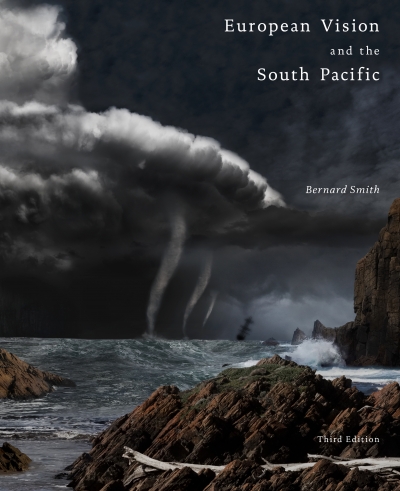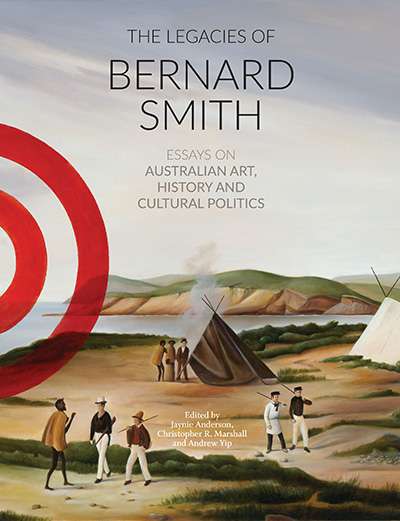Bernard Smith
The judges for this prestigious award are Bernard Smith, Mary Lord, Graham Rowlands and Rick Hosking. Some proven stayers, good mud gallopers, smart on top of the ground, they are judges amply qualified to assess a varied field.
We offer a form guide provided by well-known Sydney racing identity, Don Scott.
... (read more)European Vision and the South Pacific, Third Edition by Bernard Smith
by Lynette Russell •
The Boy Adeodatus: The portrait of a lucky young bastard by Bernard Smith
by Warren Osmond •
Antipodean Perspective: Selected Writings of Bernard Smith edited by Rex Butler and Sheridan Palmer
by Brian Matthews •
The Legacies of Bernard Smith: Essays on Australian Art, history and cultural politics edited by Jaynie Anderson, Christopher R. Marshall, and Andrew Yip
by Andrew Fuhrmann •
The Formalesque: A guide to Modern Art and its History by Bernard Smith
by Luke Morgan •
Australian Painting 1788–2000 by Bernard Smith, with Terry Smith and Christopher Heathcote
by Daniel Thomas •
The Solitary Watcher: Rick Amor and his art by Gary Catalano
by Bernard Smith •
Victorian Icon: The Royal Exhibition Building by David Dunstan et al.
by Bernard Smith •









